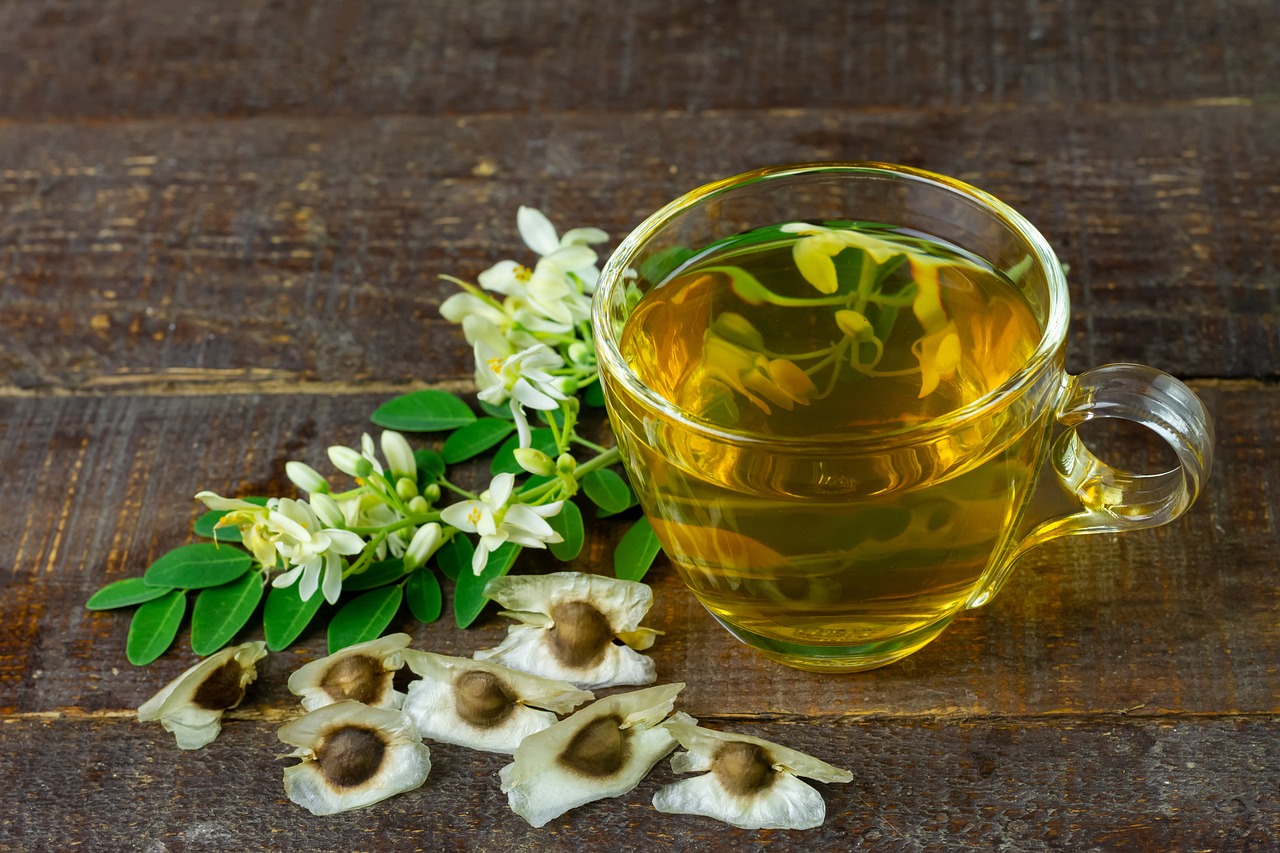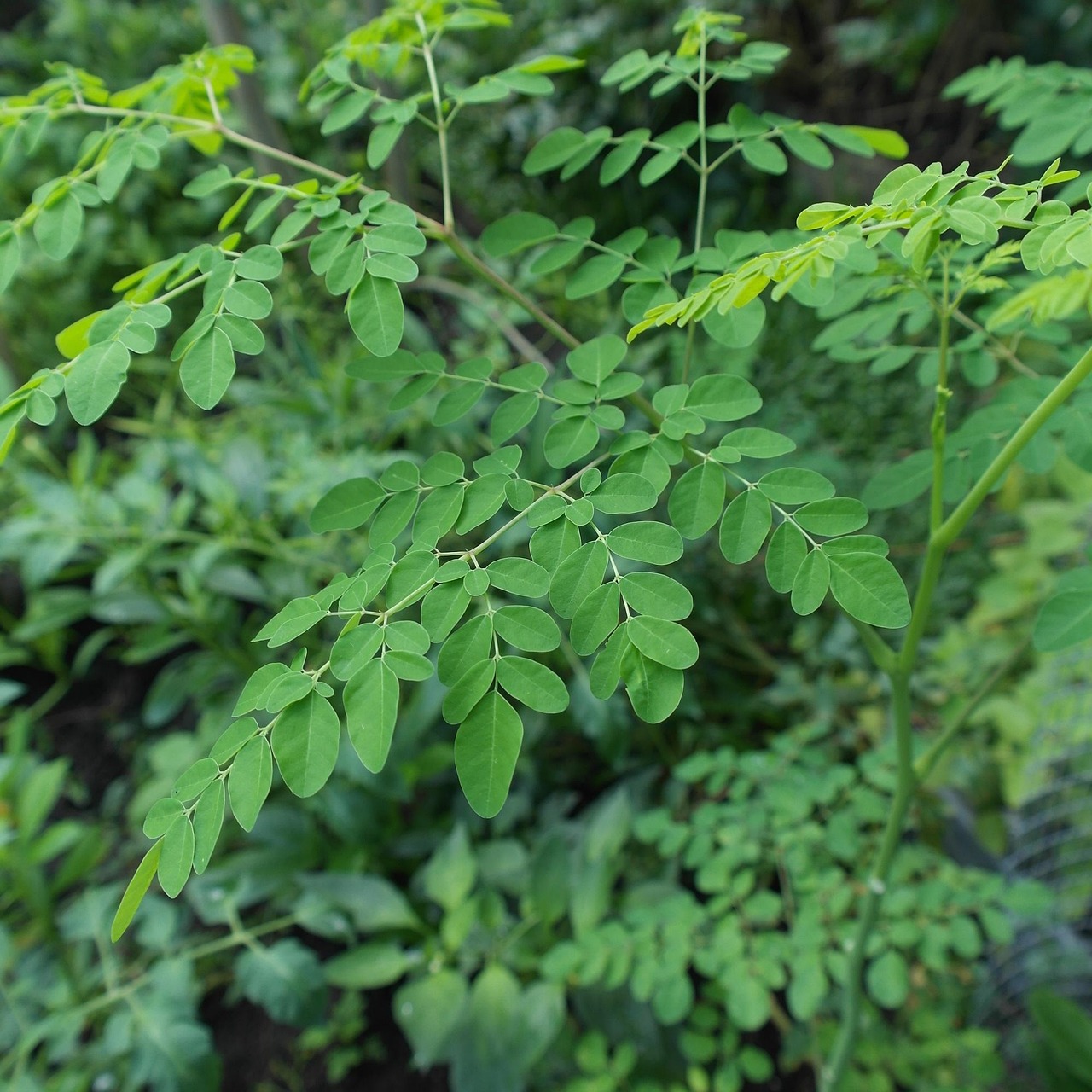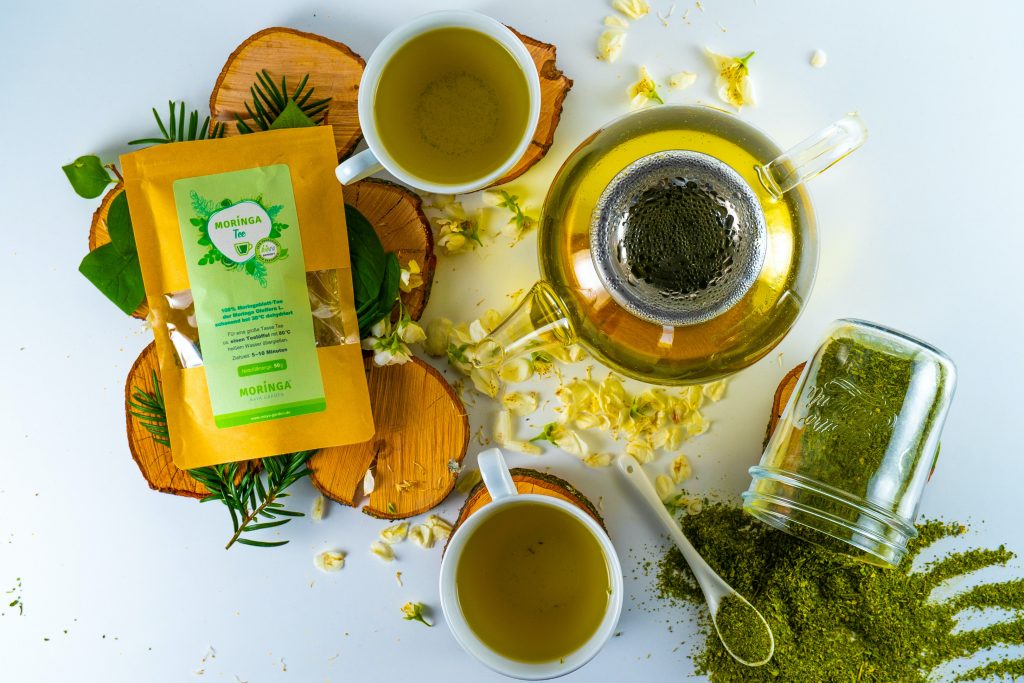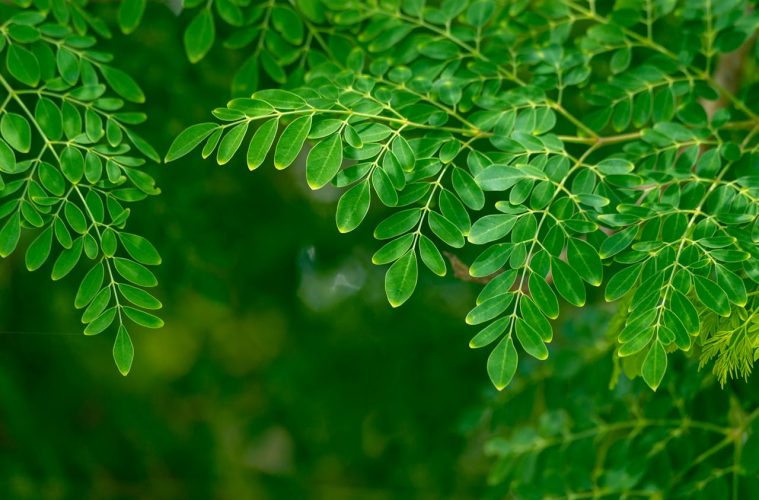Moringa is a popular superfood that can also be grown as an ornamental essential, ornamental shrub, or majestic tree in your lawn or home garden. It is commonly known as the ‘tree of life’, or ‘miracle tree’ due to its multi-medicinal benefits.
Moringa is commercially sold; dried, powdered, in bags, or capsules. It can also be found as an oil extract, in food ingredients such as teas, smoothies, and bars with a focus on its nutritional value in meals and snacks.

Image credit: Pixabay
Moringa oleifera is a fast-growing, drought-resistant tree of the monotypic plant family Moringaceae, native to Northern India in South and Southeast Asia, it is common in sub-tropical regions including the Caribbean and Africa. Moringa is adapted to the subtropical, hot, dry Namib Desert. Its succulent stem stores water and nutrients to help it through the dry winter months. The plant is deciduous during its resting phase in the winter months.
How to grow moringa
Moringa is a hardy crop that can survive harsh climate conditions and nutrient environments. Moringa thrives in the hot summers and mild winters typical of tropical and subtropical regions.

Image credit: Pixabay
Soil: Moringa thrives in well-drained sandy or loamy soil. Avoid over-watering and water-logged conditions as the tree is prone to root rot.
Water: Though drought-resistant, young Moringa plants require regular watering to develop strong roots. Water them deeply once or twice a week based on soil drainage and climate conditions. Mature trees can be watered at least once a week.
Light: Moringa requires full sun, needing at least 6 to 8 hours of direct sunlight each day. Ensure that the planting area is not shaded by larger trees or structures to support optimal growth and productivity.
Harvesting: Leaves can be harvested once the tree reaches at least 1 meter tall. This can be done by hand or with scissors, ensuring enough foliage remains for continued growth. Pods can be harvested when they are young and tender, or left to mature for seed collection. Regular harvesting promotes ongoing growth and productivity.
Using moringa
Moringa can be enjoyed fresh with salads, and meals or as dried or powdered and as a supplement in food.

Image credit: Pexels
Moringa’s resilience, coupled with its ability to provide nutritious leaves, medicinal pods, and drought-resistant growth, make it a valuable addition to any garden or farm, especially in arid or nutrient-poor regions.
With the right care, this miracle tree can provide a sustainable source of nutrition, medicine, and income for years to come.
ALSO SEE: THE BENEFITS OF SUPERFOODS CACAO, MORINGA AND BAOBAB
Featured image: Pexels

